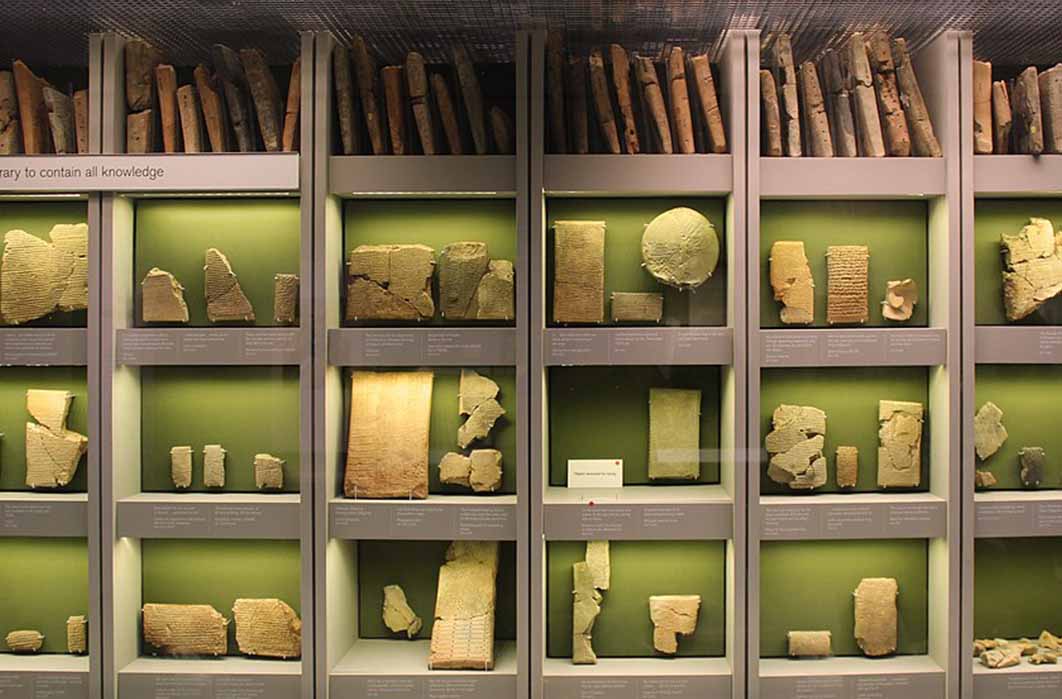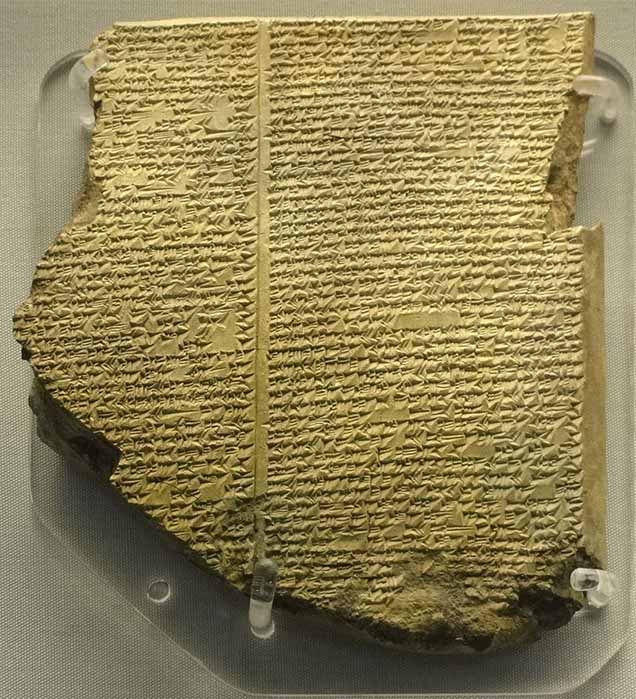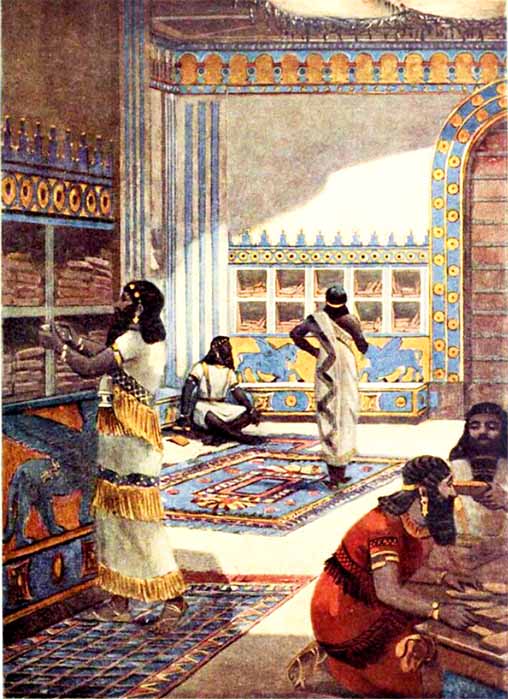
The World’s First Collectors, Museums And Libraries Of Antiquity
People have collected objects, scripts, fossils, specimens, precious stones, artifacts and memorabilia since the dawn of mankind’s memory, for different reasons. Many possible motives come into play – people collect because of nostalgia for a past world, because they want to display their wealth and sophistication, because it satisfies a compulsive need to organise and create order, because it serves as a solace and a distraction in time of uncertainty, because they want to preserve for posterity and for many other reasons. And once they start they cannot stop because there is always a gap in their collection which they need to plug. David Bowie, who collected art, said: “Art was, seriously, the only thing I’d ever wanted to own… It can change the way I feel in the mornings.” So, there is another motive for collecting – it can simply make a person feel good when they wake up. It is such a broad subject and it incorporates so many disciplines that it has its own journal – the Journal of the History of Collections. It is estimated that as many as one-third of the population of America and Britain regard themselves as collectors.

Portion of the "Garden Party" relief, depicting Ashurbanipal (right) and his queen Libbali-sharrat (left) (Mary Harrsch/CC BY-SA 4.0)
Ashurbanipal, Collector of Cuneiform Tablets
The first collector on current record was Ashurbanipal, King of the Neo-Assyrian Empire from 669 BC until his death in 631. His particular weakness was for cuneiform tablets – that is to say, tablets that had been inscribed with an instrument that made wedge-shaped marks on clay tablets. The word “cuneiform”, which means “wedge-shaped”, derives from the fact that the marks that were pressed into the soft clay with the slanted edge of a stylus had a wedge-shaped appearance. Once the clay had been baked, the tablet became virtually indestructible. It was literally fireproof.
It seems that Ashurbanipal could not get enough of these tablets with their wedge-shaped marks. He sent his agents all over Mesopotamia to collect them, while he acquired others in the form of war loot following his defeat of the Babylonian kingdom. His library at Nineveh near the modern-day city of Mosul, Iraq, housed some 30,000 baked clay tablets in a variety of Mesopotamian languages, including Assyrian, Akkadian and Sumerian.

Tablet containing part of the Epic of Gilgamesh (Tablet 11 depicting the Deluge), now part of the holdings of the British Museum (Fæ/ CC BY-SA 3.0)
Most of the tablets are documentary in nature; records of one sort or another. A particular preoccupation of the time was with omens. One reads for instance that if a white cat enters a house, ill-fortune will ensue, whereas if a black cat enters, good fortune will come its way. However, there are also about 5,000 literary and scholarly texts, some of them preserved in several copies. They include the so-called Descent of Inanna into Hell, which tells of the detention of the Queen of Heaven in the land of the dead; the Epic of Gilgamesh, which describes Gilgamesh’s search for immortality following the death of his friend Enkidu; and an account of the flood, which is a millennium earlier than the flood story in Genesis. The tablets were not only collected but also copied onto tablets, each tablet bearing a colophon or subscript in the form of a stamp saying, “Library of Ashurbanipal, King of the Universe, King of Assyria,” or words to that effect.

Reconstruction of the Library of Ashurbanipal by A. C. Weatherstone in 'Hutchinson's History of the Nations' (1915) (Public Domain)




